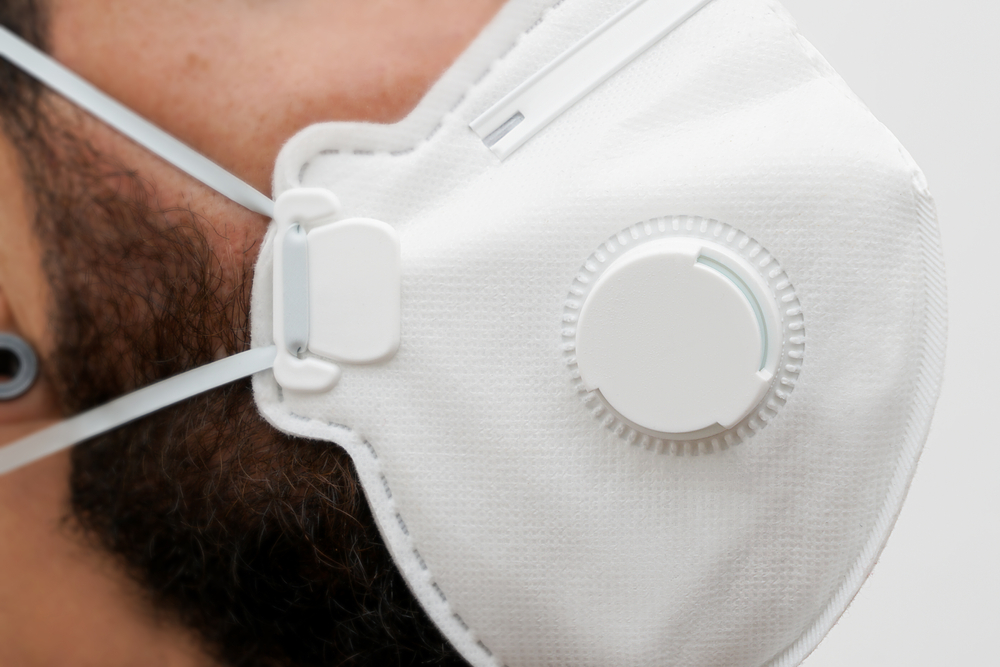The National Institute for Occupational Safety and Health (NIOSH) recently acknowledged that the infographic “Facial Hairstyles and Filtering Facepiece Respirators,” which was used in a November 2, 2017, blog post, has been downloaded over 19,000 times. NIOSH said that 95% of the downloads were made in 2020.
The New York Times described it as a “go-to resource” in an article about ski patrol members required to wear masks during the COVID-19 pandemic.
The communications staff of NIOSH’s National Personal Protective Technology Laboratory (NPPTL) wrote the “To Beard or not to Beard? That’s a good Question!” blog post in 2017 after learning of employers’ frustrations with trying to fit-test respirators on employees with beards. The staff published the post to coincide with “Movember” campaigns, in which men grow mustaches during the month of November to raise funds for or raise awareness of prostate or testicular cancer.
Facial hair can interfere with respirator fit during both fit testing and actual respirator use. The infographic illustrates facial hairstyles such as handlebar or pencil mustaches that do not interfere with respirator fit and styles like stubble or full beards that do.
“We created the infographic as a fun visual to enhance this article,” Jackie Cichowicz, a NIOSH health communication specialist, said in an agency press release. “We wanted to address questions in a way that would offer alternatives for workers who were going to be required to shave, softening the blow a bit.”
“We have received inquiries from workers and employers asking if facial hair is permitted with a respirator, and my job is to identify creative ways to respond to questions, translate the science to language respirator users understand, ultimately providing users the information they need to best protect themselves in the workplace,” Cichowicz said.
Men with facial hair styles such as beards, sideburns, and certain mustaches can experience 20 to 1,000 times more leakage when wearing respirators when compared with clean-shaven individuals, according to NIOSH.
Under Occupational Safety and Health Administration (OSHA) regulations, employers may not allow employees to wear respirators if they have facial hair that comes between the face and the sealing surface of a facepiece respirator (29 CFR 1910.134(g)(1)(i)(A)).
Facial hair can prevent a proper respirator seal, eliminating any protection a respirator might provide, regardless of its filtration capabilities.
Employers repeatedly have asked OSHA about the respirator protection standard, and every time, the agency has reiterated that employers may not allow employees with facial hair or other conditions that could prevent a tight facial seal to use tight-fitting respirators. The agency has informed employers that employees may grow short mustaches, sideburns, or small goatees as long as they are neatly trimmed so that no hair compromises the seal of the respirator.
OSHA also has pointed out that some respirators, such as loose-fitting powered air-purifying respirators and hooded powered air-purifying respirators, do not require a facial seal. However, filtering facepiece respirators, such as N95 respirators, do require a tight-fitting seal for effective respiratory protection.

